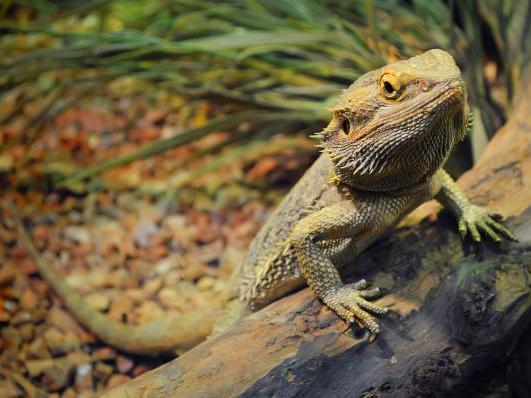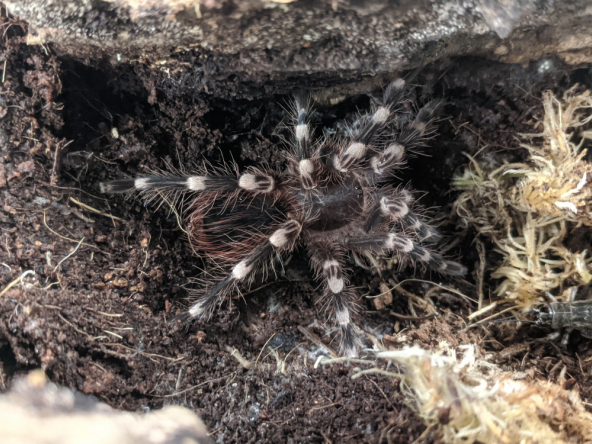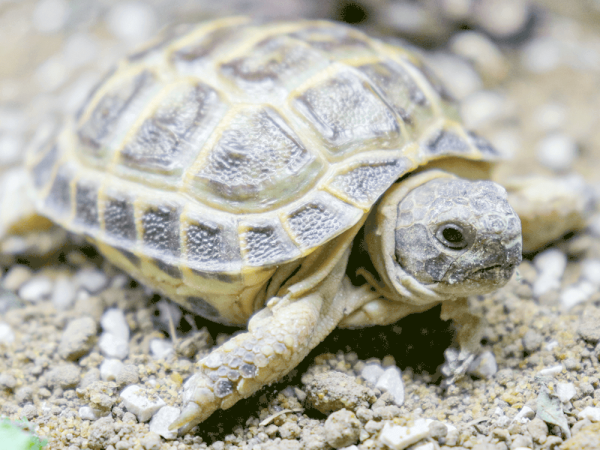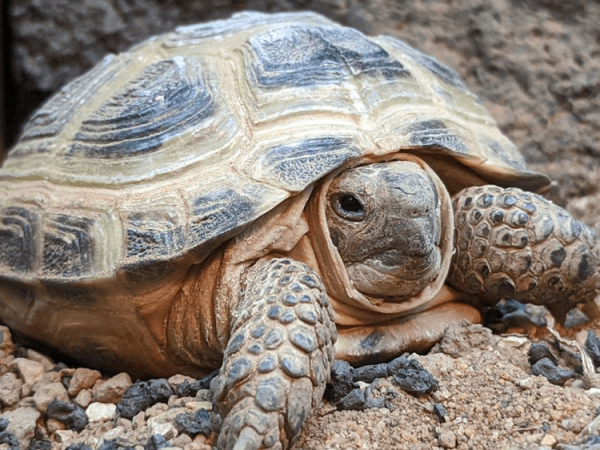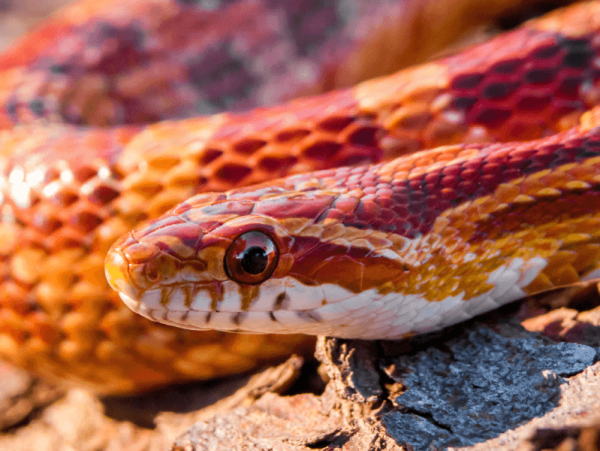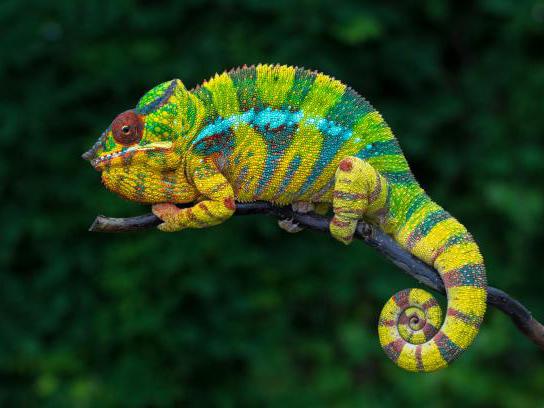What is reptile brumation and how can I prepare for it?
From Skinks to Snakes, reptile brumation presents itself slightly differently between each individual reptile, with factors like environment and natural instinct playing a large part, but essentially it is a period of hibernation or low activity, usually during the winter months.
In the wild, temperatures fluctuate hugely as the reptile's habitat goes through a yearly seasonal cycle just like the rest of us. Because reptiles need heat to digest their food, many go into a state of hibernation (or rather brumation slightly different due to metabolic process) during the colder months, conserving energy.
Of course, in your care this process may be delayed or even avoided completely as vivarium and terrarium temperatures can be accurately maintained by you, however this is a part of your reptile's natural instinct, and so if their body clock is telling them that it's time for a long sleep, they will go ahead and do it anyway.
Preparing your reptile for Brumation
From late August you need to start looking for signs that your reptile might be thinking about going for a long nap. Signs include digging and burying itself in substrate and generally becoming slower and more lethargic.
It is at this point that you should consider doing a health check before putting them to bed. One of the best ways to do this is allowed an exotic vet to give them a look over, as well as allowing them to swap a faecal sample.
Swapping the faecal matter tests for parasites that may have infected your reptile, which over the course of the winter may spread through your reptile (during which time your mainly unconscious and inactive reptile can do nothing about it). Parasitic infections like this are a leading cause of reptiles never waking, so it's a good thing to check for!
You can encourage most reptiles to defecate with a warm bath or with gentle tummy rubs. Try to ensure your reptile has defecated plenty before they finally go to sleep so they have nothing inside them to get infected with.
It's a good idea to weigh your reptile too. Most reptiles will not eat much (or anything at all) during their inactive period, but will not lose weight unless they are ill prior to going to sleep, so taking a record of it now and noticing a large drop in weight later gives you an early sign that something isn't right.
Because your reptile won't eat much for the next few months, it's a good idea to fatten them up a little during the lead up to Autumn. Gut-loading tactics are a good way to do this (where livefood is fed a nutrient rich diet before being fed to your reptile).
Your Reptile During Brumation
Once you are happy your reptile is healthy and ready for a big rest, think a little about their environment. You may want to look at optimum brumation temperatures for your specific species of reptile and alter your heating a lighting equipment accordingly. It's a good idea to leave a basking spot on in case your reptile wakes up hungry, and leave a little food out just in case.
Your reptile will still likely wake up (or at least half way) a few times during this period as they still need to take on water. Make sure you leave some water out so they get a good slurp. If you happen to spot them out and about, it's a good time to weight them and assess their hydration levels by gently pinching the skin on the back of their neck. If it returns to normal quickly, they are more than likely well hydrated. If the skin stays in a pinched position, they are likely dehydrated.
Last Words
Don't worry if it comes to winter and your reptile is still as active as ever. Chances are you are creating an environment for them that they are more than happy to keep enjoying. Nor should you worry too much if they appear to being getting ready for rest, just get them checked out by a vet to ensure they are healthy enough to do it, and that there are no other complications.
You can learn more about reptiles on this blog. We have loads of great articles on reptile care, like our Pink tongue skink care sheet.




